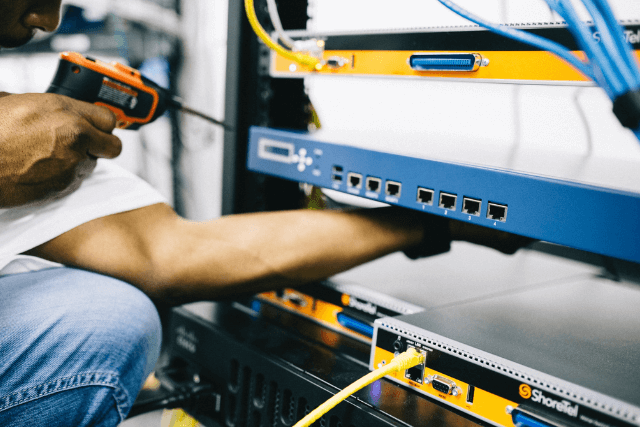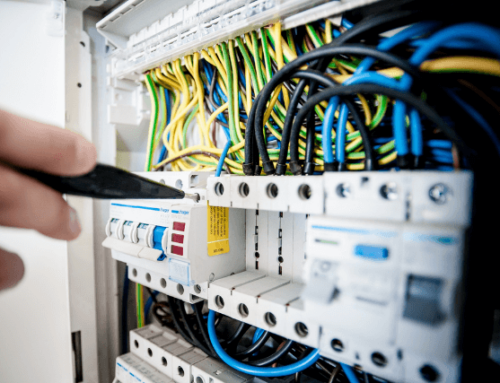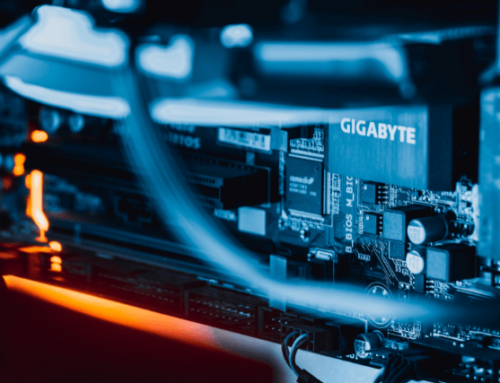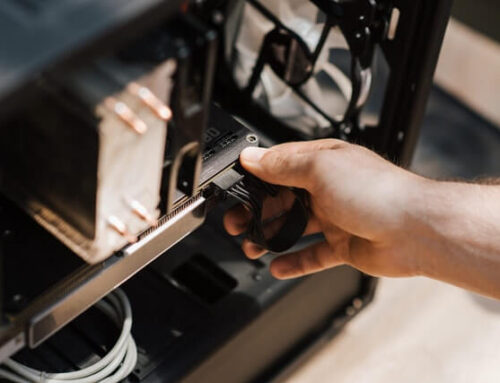Take 3 minutes to read this article
The post-COVID environment has created new problems for IT departments as well as worsened existing ones. Between the chip shortage and pandemic-related business setbacks, IT maintenance has become more important than ever. Third-party maintenance (TPM) might be what your IT department needs to stretch its budget without sacrificing quality. But how does TPM stand up to maintenance provided by the original equipment manufacturer (OEM)? Below are some of the pros and cons associated with each, related to skill, service, and price.
Skill
Some are uneasy about the skill level of TPM technicians compared to their OEM counterparts. OEMs are undoubtedly the experts in their equipment. However, they are only experts in their equipment. If you are looking for someone who can address your entire system, a TPM provider may be the way to go. Instead of working with several different providers to service your IT equipment, a TPM provider can handle all of your equipment under one contract, taking a holistic approach to your data center.
When you work with an OEM technician, you have the guarantee of the company behind them. You know that they are certified to work with the OEM’s equipment. You might think that you are getting an insider with exclusive knowledge of the OEM’s equipment. However, OEMs often use certified contractors for repair and maintenance calls; you’re likely getting TPM service for OEM prices. If you’re interested in finding a knowledgeable TPM provider for your equipment, TPM providers are always interested in talking about their certifications. By choosing certified TPM providers, you can be sure you are getting the care your equipment needs for a fraction of the cost.
Service
Service by both OEMs and TPM providers are governed by service level agreements which the provider and client have agreed upon. OEMs often have standard agreements, while TPM providers are more flexible. There are some services only an OEM can provide, like software updates, but often these are published online, and material updates typically occur within the first few years of service. OEMs are only interested in providing service up to a point, which may make TPM providers a better fit for your business.
OEM service may be ideal for your newer equipment, but TPM offers better service as your equipment ages. Between the chip shortage and a looming recession, businesses have an incentive to make their equipment last longer. OEMs take a limited approach to servicing aging equipment, tapering off at end of life (EOL) before ending altogether with end of service life (EOSL). Well-maintained equipment may still have years of life ahead of it, even after EOL or EOSL is announced. At the end of your equipment’s lifecycle, TPM providers can provide IT asset disposition (ITAD) services, responsibly wiping, destroying, reselling, and/or recycling your equipment, making them the ideal one-stop shop for your IT needs.
Price
When it comes to the question of price, TPM providers win hands down. Gartner finds that 71% of Fortune 100 companies use a TPM provider in some form, and those that do save 30-70% compared to OEM pricing. Where OEMs are invested in making sure their customers have the latest equipment, TPMs are committed to making that equipment last as long as possible. TPM savings don’t only come from savings in service costs, they also come from extending the life of hardware—allowing companies to get a fuller ROI than they would have otherwise. For IT departments hit by the pandemic, the savings from using a TPM provider can be poured back into the IT budget to keep things running smoothly.





